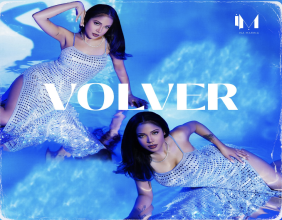Highlights:
Step One Clothing is largely influenced by insiders, who hold a dominant majority of shares.
CEO Gregory Taylor holds a significant portion of the company’s equity, with a 59% shareholding.
Despite strong internal ownership, the company remains underrepresented in institutional investments.
Step One Clothing Limited (ASX:STP), listed on the ASX under the ticker STP, operates in the fashion and retail sector, offering comfortable and sustainable apparel. The company's ownership structure plays a key role in shaping its corporate direction and operational decisions. Understanding the distribution of shares and the influence of stakeholders provides a clearer picture of how the company is managed.
Insider Ownership and Its Influence
The majority of shares in Step One Clothing are controlled by insiders, who collectively own a significant portion of the company. This insider control is notable, with more than half of the shares held by key individuals. This substantial ownership reflects a concentrated control structure, where decision-making may be influenced by those with a direct interest in the company’s long-term performance. The internal ownership can result in a closely-knit group guiding the company through strategic initiatives.
CEO Gregory Taylor’s Shareholding
CEO Gregory Taylor is a central figure in Step One Clothing, holding a considerable share of the company’s equity. With nearly 60% of the shares, Taylor holds a strong position, influencing the company’s decisions and vision. As a major shareholder, the CEO’s interests are aligned with the overall performance of the company, which can have significant implications for the company’s future trajectory and direction.
Board’s Influence and Leadership Structure
The leadership group of Step One Clothing consists of several key stakeholders who hold notable positions within the company. For instance, Michael Reddie, the Chief Legal Officer, is the second-largest shareholder. This highlights the strong presence of leadership within the company, with board members holding significant stakes. Such a leadership structure typically leads to alignment between management and ownership interests, fostering a cohesive approach to corporate governance.
The Role of Public Shareholders
While insiders and the leadership team hold a dominant share of the company, the general public remains an important part of the ownership structure. Retail investors collectively hold a sizable portion of shares, accounting for approximately 30% of Step One Clothing's equity. Though the public shareholders may not have the same level of influence as insiders, their collective ownership can still affect decisions, especially in terms of shareholder meetings and votes on major company resolutions.
Institutional Investor Representation
At present, institutional investors have a smaller presence in Step One Clothing. While the company has attracted some interest from funds, the extent of institutional ownership is limited. This suggests that professional investors have not yet fully embraced the company, which may be due to its relative size in the market or other factors. The smaller institutional presence may indicate a greater focus on individual and insider shareholders in shaping the company’s direction.




